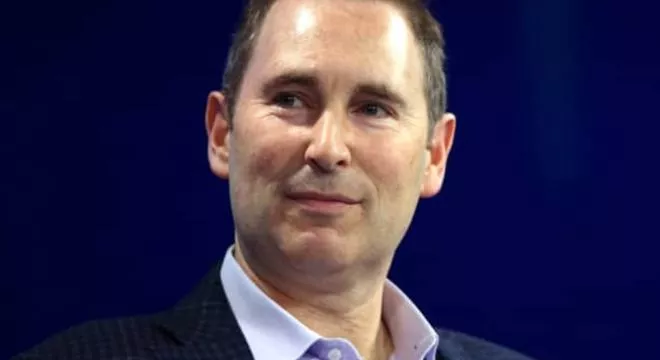It is reported that recently, Andy Jassy, CEO of Amazon, said that the top priority of the company is to return to a healthier profitability. On Wednesday, local time, Amazon held its annual general meeting of shareholders, and jasi attended the meeting. This is also his first time to attend the shareholders' meeting since he replaced Bezos as CEO of Amazon in July last year.
Jasi told the shareholders that before, the management had successfully reduced the cost structure. As the company has gone through the recent unusual two years, he is very confident that the company can return to the normal track of profitability.
In addition, jasi also confirmed that the company is ready to cut down some logistics warehouses to solve the problem of excess facilities.
Jiaxi said at the shareholders' meeting that the management is taking a series of measures. For the market that does not need to expand, the company will suspend the warehouse construction plan, and there will be no renewal after the lease term in other places, "but I also believe that on the basis of the current physical facilities, we can continue to grow our business."
Jasi was the head of Amazon at an unusual stage in its history. In recent years, the world has suffered from the COVID-19, and then the US inflation hit a new high. The US Federal Reserve raised its benchmark interest rate. In addition, the occurrence of the conflict between Russia and Ukraine has also had a huge impact on the US and even the world economy.
The epidemic has led to a significant increase in Amazon's operating costs. The company needs to carry out nucleic acid testing, strengthen workplace cleaning and disinfection, and introduce various health protection measures for front-line employees. In addition, the COVID-19 has led to a boom in online retail. In order to meet the soaring demand, Amazon has increased physical facilities such as warehouses and recruited a large number of employees.
At the end of last year, factors such as fluctuations and tensions in the global supply chain, difficult recruitment in the United States and inflationary pressure once again increased Amazon's operating costs.
In February this year, the conflict between Russia and Ukraine pushed up US gasoline prices. At the same time, commodity prices in many countries around the world have soared collectively.
In an interview last month, jasi said that for Amazon, it is difficult for the company to absorb the rising costs caused by inflation, the COVID-19 and the conflict between Russia and Ukraine.
Jiaxi said that in recent years, the company has encountered many unusual external events, some of which are within the company's control, but external factors such as inflation are beyond the company's control. Inflation leads to an increase in logistics costs, and the prices of truck transportation, ocean transportation, air transportation and fuel oil have risen significantly. At present, Amazon management is trying every means to reduce operating costs.
In April, for third-party online sellers using Amazon's official distribution service, the company began to charge 5% of the sales amount to alleviate the rising costs.
During the COVID-19, Amazon added some logistics warehouses (order delivery centers), but now the utilization rate is not ideal. In the past, Amazon encountered a shortage of workers and large-scale recruitment, but now there is a surplus of redundant workers in the order center. With the gradual cooling of e-commerce (Americans return to physical shopping malls), some newly recruited employees are actually unnecessary.
Brian olsavsky, Amazon's chief financial officer, said overcapacity had led to a decline in productivity. Compared with last year, labor costs have increased by about $2 billion.
